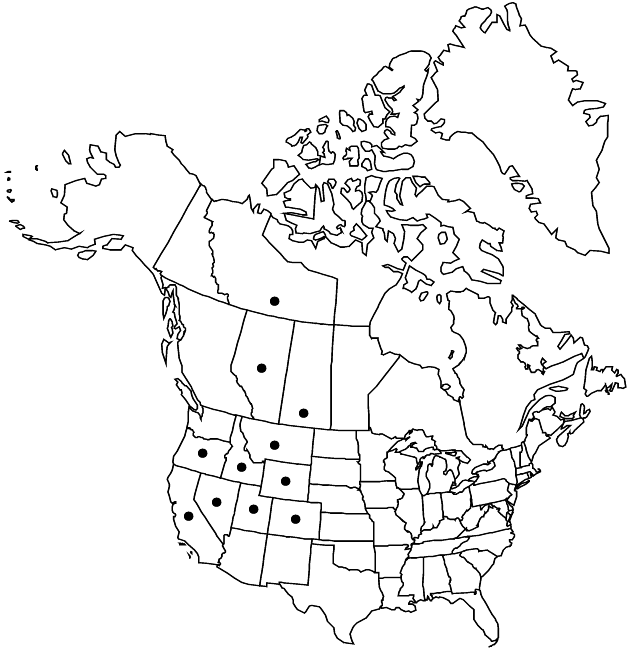Pyrrocoma uniflora var. uniflora
Endemic
Synonyms: Haplopappus contractus H. M. Hall Haplopappus uniflorus subsp. howellii (A. Gray) H. M. Hall Haplopappus uniflorus var. howellii Pyrrocoma howellii
Plants 10–40 cm. Stems reddish, tomentose, lanate, or glabrate. Leaves: basal blades narrowly to broadly lanceolate, 50–100 × 5–15 mm, margins usually remotely denticulate, rarely laciniate or entire; faces tomentose to glabrate or glabrous. Heads usually borne singly, terminal, rarely 1–2 additional proximally. Involucres 6–9 × 13–18 mm. Phyllaries appressed, subequal, outer sometimes shorter. 2n = 12.
Phenology: Flowering May–Sep.
Habitat: Montane pine forests, alkaline meadows, around hot springs
Elevation: 1400–2900 m
Distribution

Alta., N.W.T., Sask., Calif., Colo., Idaho, Mont., Nev., Oreg., Utah, Wyo.
Discussion
Variety uniflora is the more widespread and variable of the two varieties.
Selected References
None.
Lower Taxa
None.